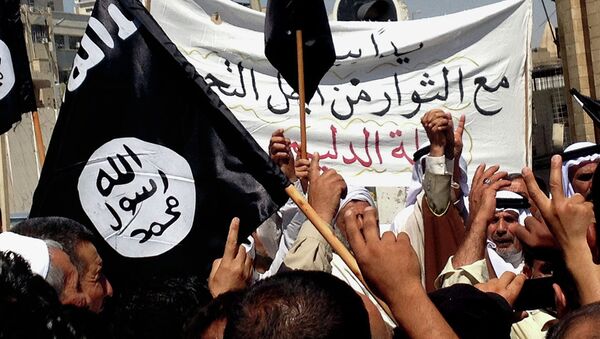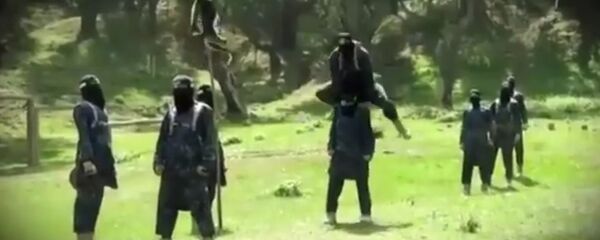In its effort to recruit, Daesh, also known as ISIL/the Islamic State, relies on a complex multimedia network. Comprised of videos, social media accounts, and a slickly-produced online-only magazine, the destruction of this network is a key component in America’s anti-terror strategy.
But taking down the online component of the Daesh propaganda machine has proven remarkably difficult. Attempts to shut down individual Twitter accounts fail to address Daesh’s broader network, and new accounts spring up overnight. As a result, the US has begun to focus its efforts on identifying where, precisely, video and print materials are physically produced.
"This is an exceptionally sophisticated information operation campaign, the success of which lies in the twin pillars of quantity and quality," reads a report from the Quilliam Foundation, a counter-terrorist think tank based in the United Kingdom.
"Given this scale and dedication, negative measures like censorship are bound to fail."
US intelligence officials speaking to the Washington Times on condition of anonymity say that the Pentagon has successfully mapped the physical locations of Daesh’s media network across its territory in Syria and Iraq.
"Obviously, if we know where they’re producing the propaganda, we should be doing everything we can to destroy their facilities," Williams McCants, a Brookings Institute scholar told the Washington Times.
But it’s not as simple as dropping bombs on those locations. According to former Daesh members interviewed by the Washington Post, many of the terrorist group’s media centers are in areas heavily populated by civilians. One individual spoke of receiving production equipment and Internet access from Turkey, and operating out of a two-story home in a residential neighborhood.
Sources close to the Obama administration tell the Times that the potential for civilian casualties is stalling decisions on airstrikes.
"Even as we’re relentless, we have to be smart, targeting ISIL surgically with precision," President Obama told reporters on Monday, adding that "ISIL is dug in, including in urban areas, and they hide behind civilians, using defenseless men, women and children as human shields."
Others point to a debate within the White House over whether cutting off Daesh’s media arm may be premature. Studying the group’s propaganda may provide valuable, long-term insight on how to defeat Daesh.
"There’s always this balance between needing to take action and needing to study how they operate," a source told the Times, adding that “bombing is absolutely not the only way to take a communications product offline.”
For the time being, the Obama administration’s media strategy rests with a State Department program known as the Center for Strategic Counterterrorism Communications. Criticized for being underfunded and ineffective, the program attempts to expose lies and inconsistencies in Daesh propaganda.
With 69 employees working in multiple languages across multiple platforms to counter the propaganda, the effort has not shown demonstrable proof of hindering Daesh’s recruiting abilities.





